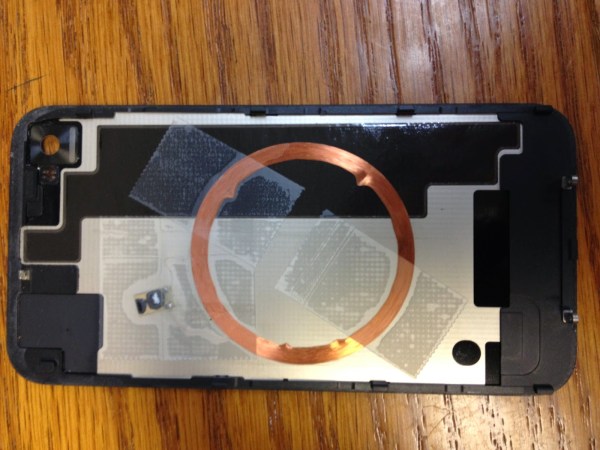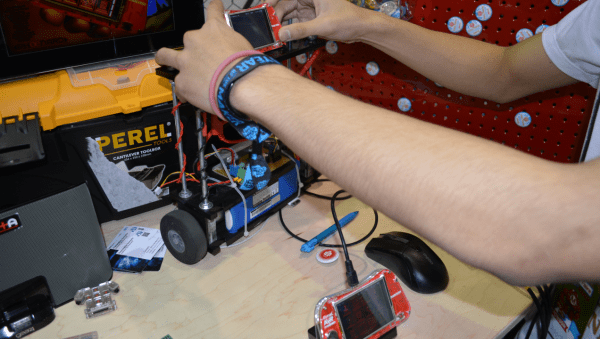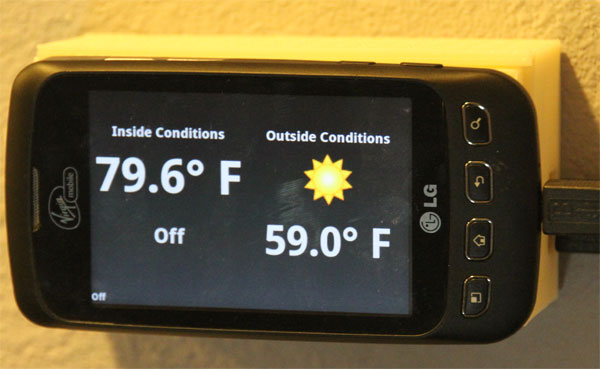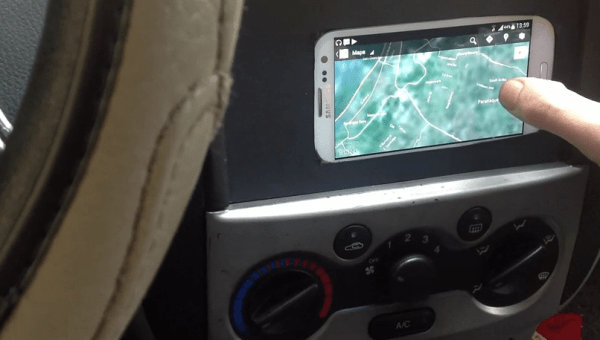RFID security systems have become quite common these days. Many corporations now use RFID cards, or badges, in place of physical keys. It’s not hard to understand why. They easily fit inside of a standard wallet, they require no power source, and the keys can be revoked with a few keystrokes. No need to change the locks, no need to collect keys from everyone.
[Shawn] recently set up one of these systems for his own office, but he found that the RFID cards were just a bit too bulky for his liking. He thought it would be really neat if he could just use his cell phone to open the doors, since he always carries it anyways. He tried searching for a cell phone case that contained an RFID tag but wasn’t able to come up with anything at the time. His solution was to do it himself.
[Shawn] first needed to get the RFID tag out of the plastic card without damaging the chip or antenna coil. He knew that acetone can be used to melt away certain types of plastic and rubber, and figured he might as well try it out with the RFID card. He placed the card in a beaker and covered it with acetone. He then sealed the beaker in a plastic bag to help prevent the acetone from evaporating.
After around 45 minutes of soaking, [Shawn] was able to peel the plastic layers off of the electronics. He was left with a tiny RFID chip and a large, flat copper coil. He removed the cover from the back of his iPhone 4S and taped the chip and coil to the inside of the phone. There was enough room for him to seal the whole thing back up underneath the original cover.
Even though the phone has multiple radios, they don’t seem to cause any noticeable interference. [Shawn] can now just hold his phone up to the RFID readers and open the door, instead of having to carry an extra card around. Looking at his phone, you would never even know he modified it.
[Thanks Thief Dark]


















